PlayStation is making strides in its transition to PC gaming, but challenges remain. On April 3, 2025, the highly anticipated The Last of Us Part 2 Remastered finally debuted on PC, following the earlier 2023 release of the original game. This move aligns with a broader trend in the gaming industry, where publishers like Sony and Microsoft are increasingly expanding their game libraries across multiple platforms instead of limiting them to proprietary consoles. Recently, Sony also unveiled plans to release Patapon and Everybody’s Golf on the Switch, while the adventure title Indiana Jones and the Great Circle is set to launch on PS5.
Among Sony’s recent PC offerings, The Last of Us Part 2 stands out as one of the most successful releases. It has managed to avoid the controversies that plagued other titles, particularly by making sign-in via PlayStation Network optional. As a result, the game enjoys a “Very Positive” rating on Steam, based on over 4,000 user reviews. Nevertheless, PlayStation still has much ground to cover to establish itself as a formidable publisher in the PC gaming landscape.
The Last Of Us Part 2 Performs Well on PC
Extensive Graphical Options with Some Drawbacks
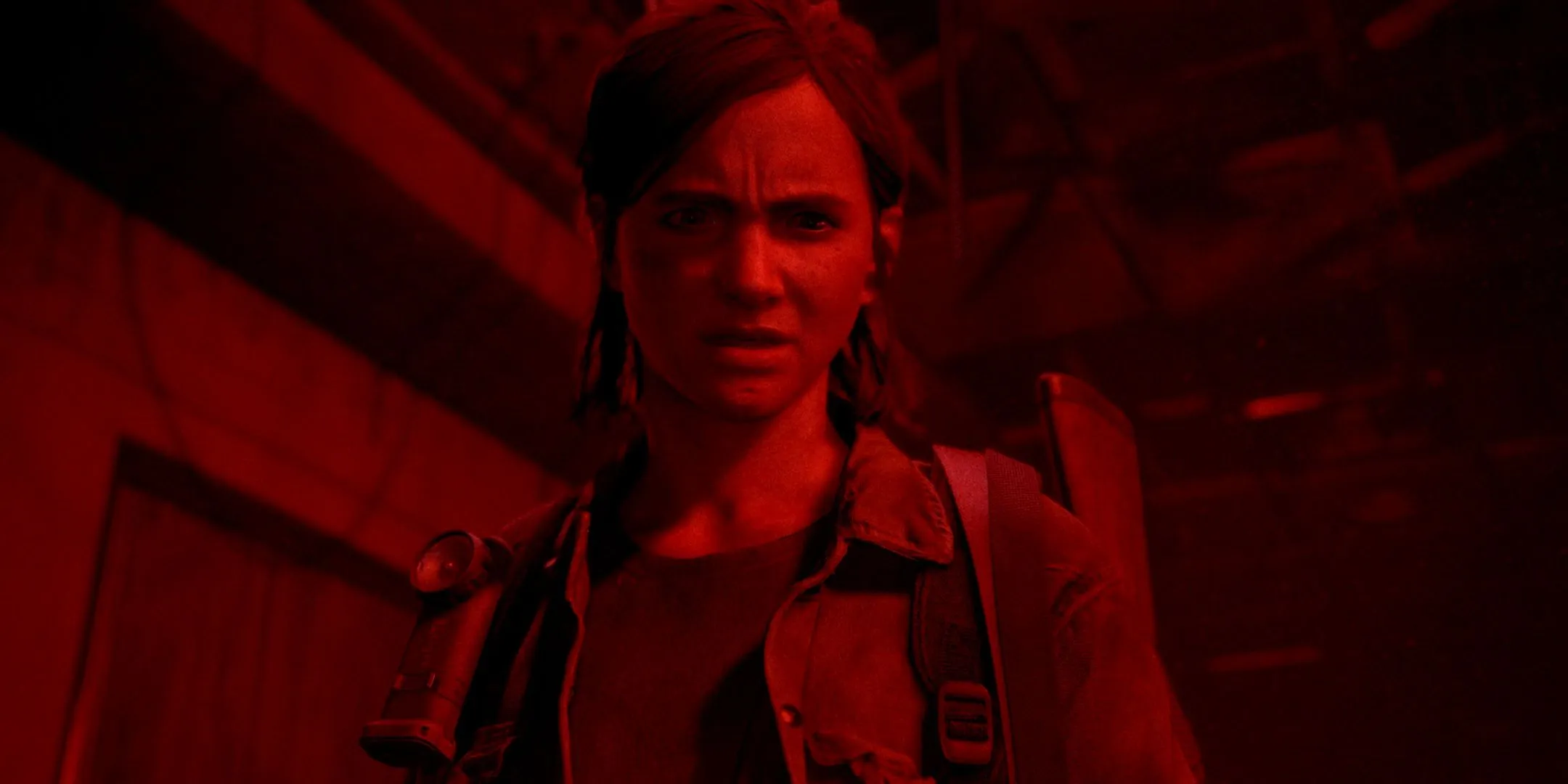
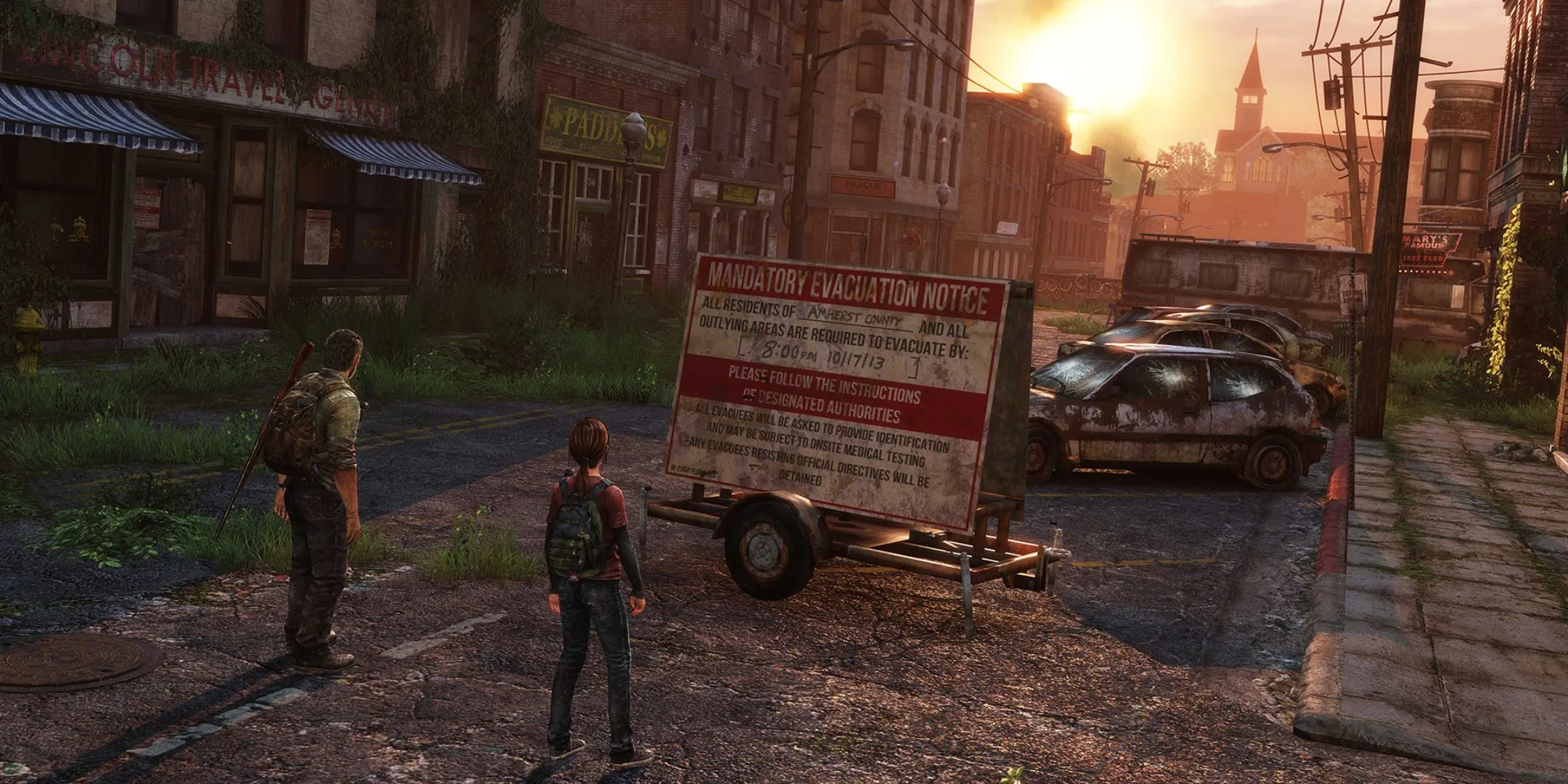

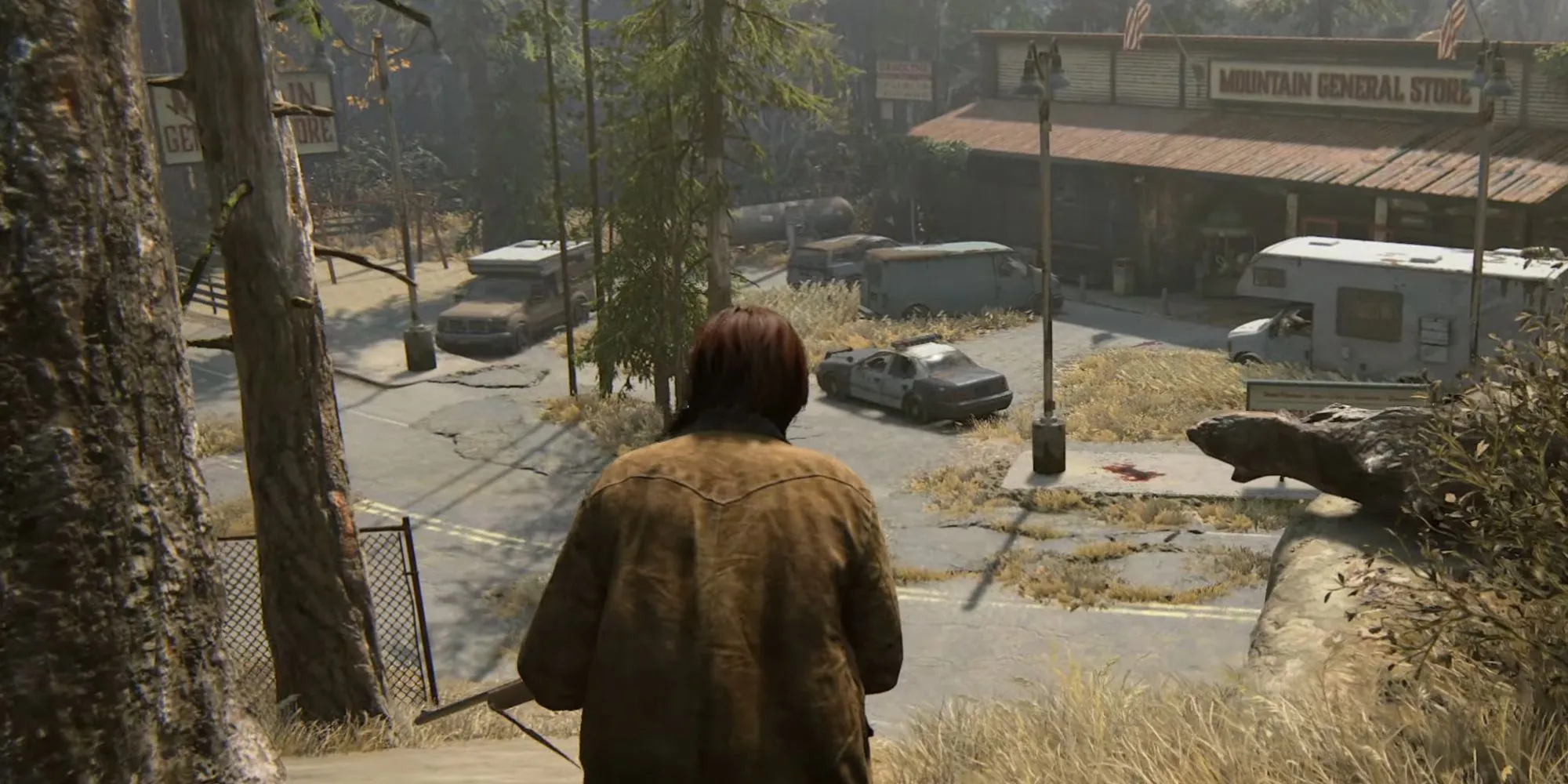

When it comes to performance, The Last of Us Part 2 demonstrates commendable efficiency on PC, especially given its status as a visually intensive AAA title. Players frequently praise its immersive, detailed graphics, which leverage superior PC components for an enhanced experience. The game offers a variety of graphical settings, each clearly impacting different hardware components. On systems that meet the recommended specifications, it operates quite smoothly, contributing to its positive reception on Steam.
However, the requirements to run TLOU Part 2 effectively are steep. A review from Digital Foundry highlights that to enjoy the game at Medium settings, players need a powerful GPU, ideally an RTX 3060 or stronger. In this regard, the PC version may not deliver the visual quality of the original PS4 release when settings are scaled down. Additionally, enabling V-sync can lead to performance dips, further complicating the gaming experience.
While it is technically playable on the Steam Deck, the game suffers significantly in terms of graphical quality and frame rate, and players often encounter issues such as shadow artifacts and flickering visuals.
Challenges Faced by PlayStation’s PC Ports
TLOU 2 Is a Notable Exception

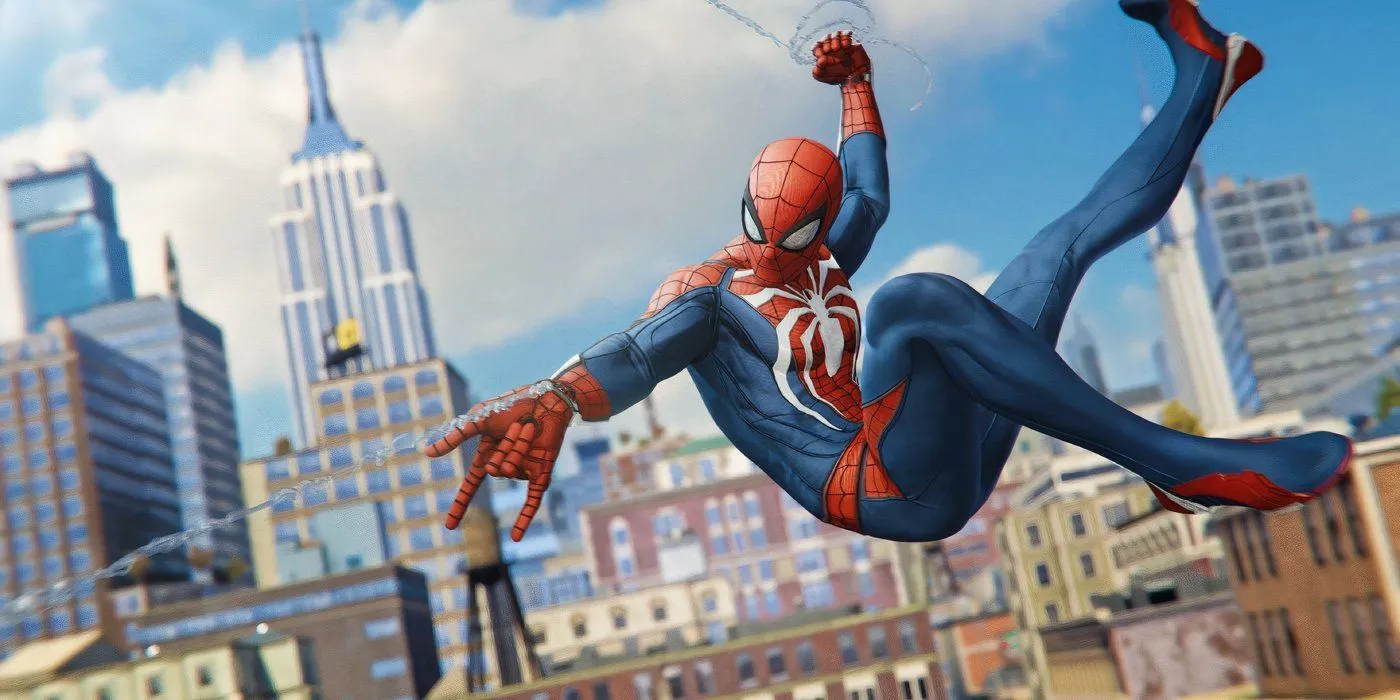

Despite its few shortcomings, TLOU 2 is relatively polished compared to other recent PC releases from PlayStation, which have often faced significant performance hurdles at launch. Titles like Marvel’s Spider-Man 2, Horizon Forbidden West, and Ratchet & Clank have all struggled with performance issues upon their release.
This scenario isn’t uncommon for console-to-PC ports. While developers can extensively test games on specific console hardware configurations, the vast permutations of PC components make it challenging to guarantee consistent performance across all systems. Although many issues are ultimately resolved in subsequent patches, initial performance problems can hinder sales and tarnish a title’s reputation.
Room for Improvement in PlayStation’s PC Porting Strategy
The Importance of Consistency
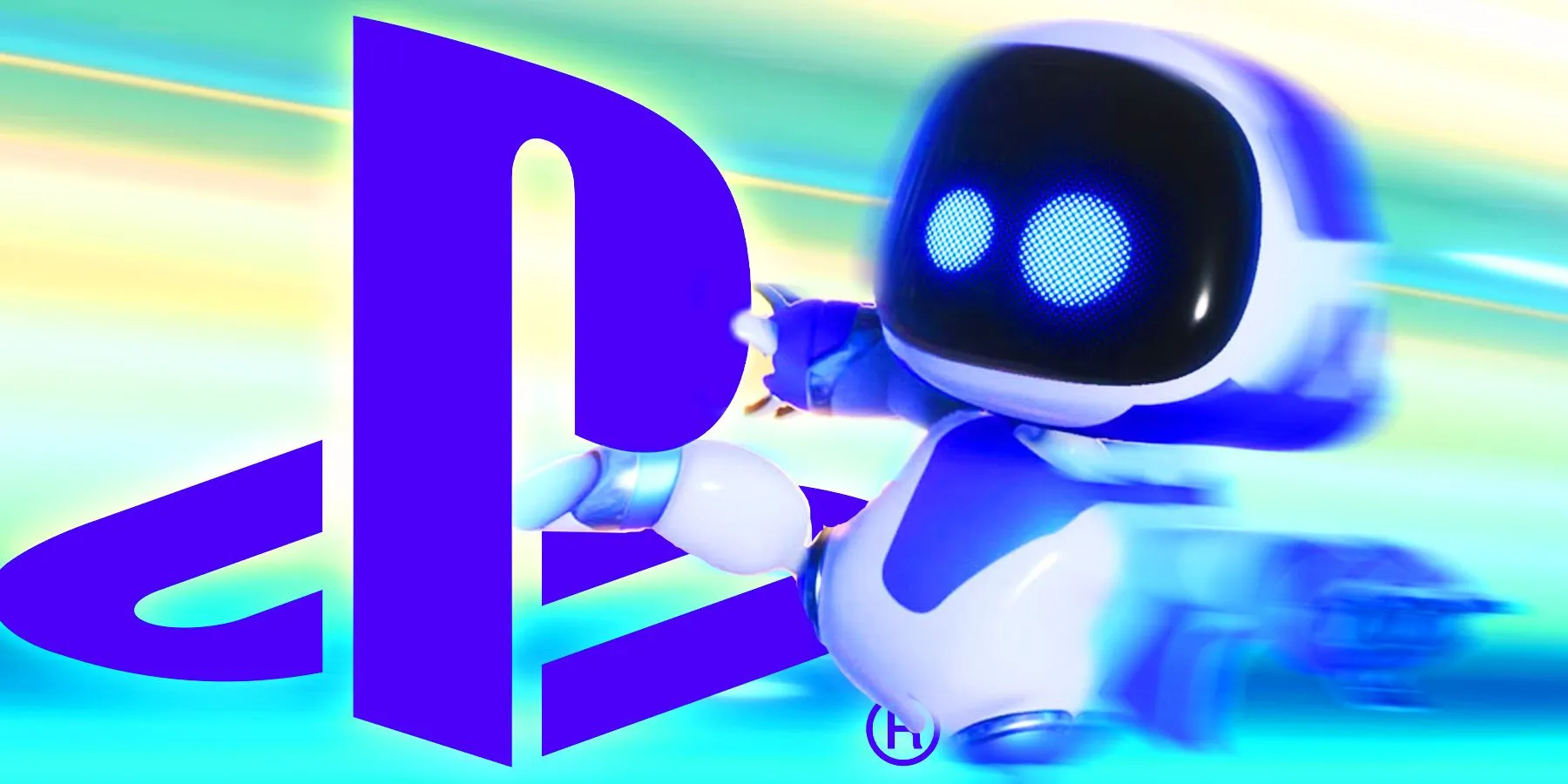
The positive advancements in TLOU 2 signify a step forward for PlayStation’s strategy of porting PS5 titles to PC. Nonetheless, there is still a lack of consistency across PlayStation’s PC ports, which is beginning to raise concerns among players. With each flawed release, Sony’s titles earn a reputation for technical issues, leading to skepticism regarding future releases.
Looking ahead, it is crucial that upcoming PS5-to-PC ports learn from the successes and shortcomings of TLOU 2. This includes providing comprehensive graphics settings that are clearly defined in relation to their impact on system performance. Further optimization efforts could also significantly enhance the viability of Sony games on PC.
Ultimately, restoring Sony’s image as a reputable PC game publisher will require consistent improvements across successive titles. The Last of Us Part 2 is a noteworthy first step, but it will take additional successful releases to rebuild confidence in Sony’s commitment to quality in the PC gaming sphere. Future PlayStation titles should incorporate the valuable lessons learned from this recent launch to ensure an even better player experience.
Source: Digital Foundry


